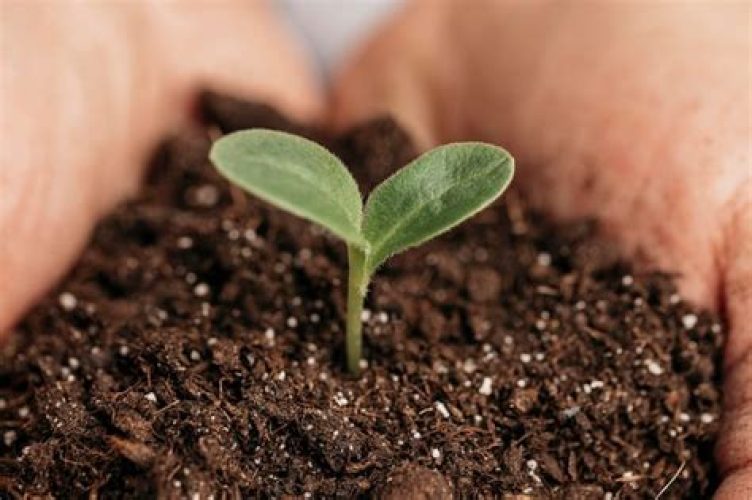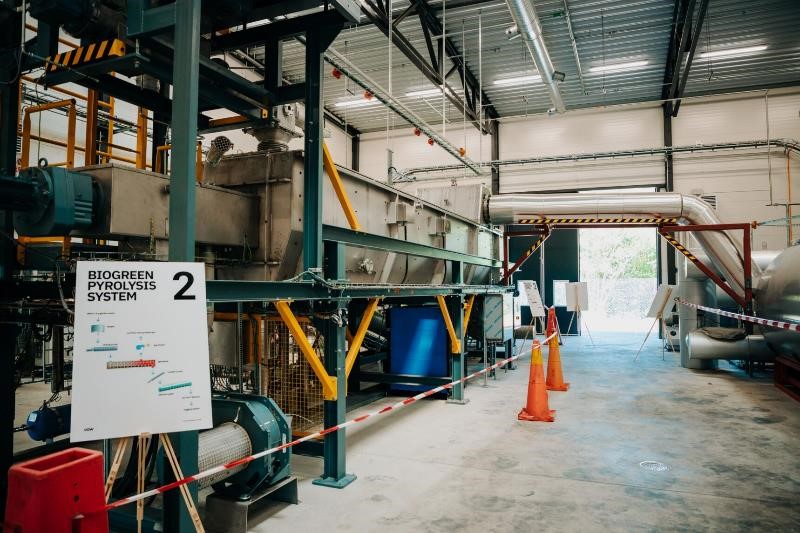Biomass Pyrolysis
Valorization of waste biomass
Biomass stands for a large range of organic compounds from vegetable origins: sawdust from sawmills, forest residues, agricultural wastes, garden waste, demolition wood…
In some cases, these products can not be used as is and are simply burned or disposed. Pyrolysis offers an alternative to transform these products into high value compounds.

Biomass pyrolysis is an effective way to produce green energy and carbon sink.
Carbon based products
During pyrolysis of biomass, a carbon-rich solid called char is produced. Depending on feedstock and operating conditions, this char can develop different properties leading to different applications.
Carbon contained in char from biomass is considered as CO2 neutral and can avoid emissions compared to fossil fuel.
Biochar have interesting agronomical properties such as water retention and nutriment release control. It is also an important carbon sink allowing carbon sequestation.
Rich-carbon char can be used as a substitute of fossil coke in metallurgy. Once again, the carbon is CO2 neutral.
Oil and Gas
References
ETIA has provided numerous industrial units for biomass pyrolysis, from various feedstock: woodpellets, woodchips, cocoa shells, garden wastes… Char is used as biochar or biocarbon while oil and gas provides heat for the plant.

